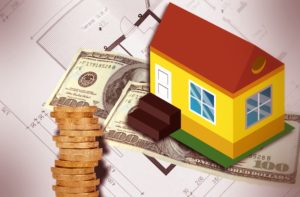 Money spent on construction of new structures in May rose 4.5 percent in May, compared with the same period a year ago according to the latest data on construction spending released by the U.S. Census Bureau on Monday.
Money spent on construction of new structures in May rose 4.5 percent in May, compared with the same period a year ago according to the latest data on construction spending released by the U.S. Census Bureau on Monday.
Led by an increase in private construction, which was at a seasonally annual rate of $1,005.4 billion above the revised April estimate of $1,002.3 billion, the data indicated that month over month, total construction rose 0.4 percent above the revised April estimates. Residential construction also saw a slight uptick on a month over month basis, rising 0.8 percent to $553.8 billion in May.
On a year over year basis, total residential construction spends rose 6.6 percent, led by an increase in construction of new single-family homes that rose to more than $288 million growing 8.2 percent over the same period last year.
However, the increase in lumber tariff is likely to impact construction spends. According to recent data by the National Association of Home Builders (NAHB), rising lumber prices have increased the price of an average single-family home by nearly $9,000 and added more than $3,000 to the price of the average multifamily unit.
After a recent meeting with Commerce Secretary Wilbur Ross to discuss the growing problem of escalating lumber prices, NAHB Chairman, Randy Noel said, “We discussed with Secretary Ross our mutual concern that lumber prices have risen sharply higher than the tariff rate would indicate, and that this is hurting housing affordability in markets across the nation.”
While new home sales have been rising along with housing starts, the tariffs could erode builder margins. “We had previously expected the tax cuts to improve builder margins by 10-15 percent, which we anticipated may have led builders to consider increasing activity at the lower-end of the market where inventory challenges are particularly acute. The tariffs may negate this benefit,” said Tendayi Kapfidze, Chief Economist at LendingTree in his commentary on new home sales.
Speaking to MReport’s sister publication DS News, Robert Dietz, Chief Economist at NAHB said, “The cost of softwood lumber makes up about 95 percent of the lumber that’s imported in the United States and about a third of the lumber consumed in the United States is imported. It’s a good example where trade produces a win/win situation.”

 theMReport.com Your trusted source for mortgage banking news
theMReport.com Your trusted source for mortgage banking news








